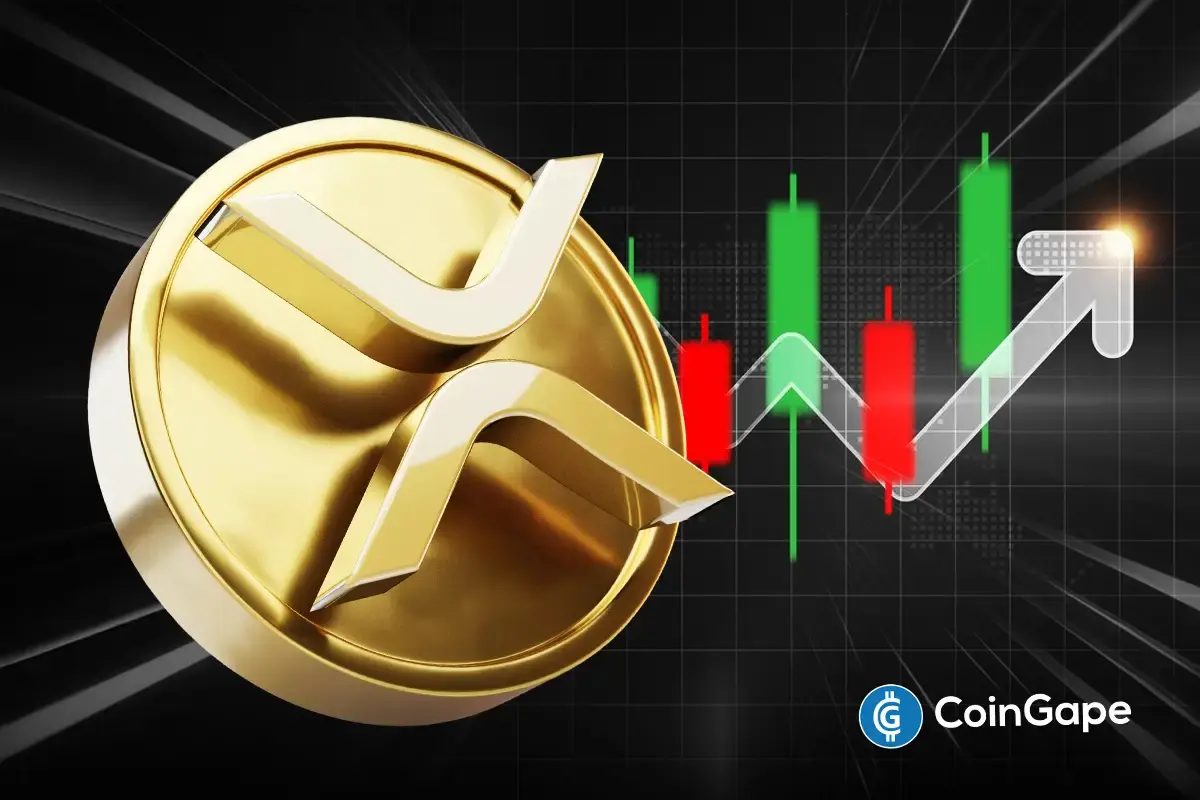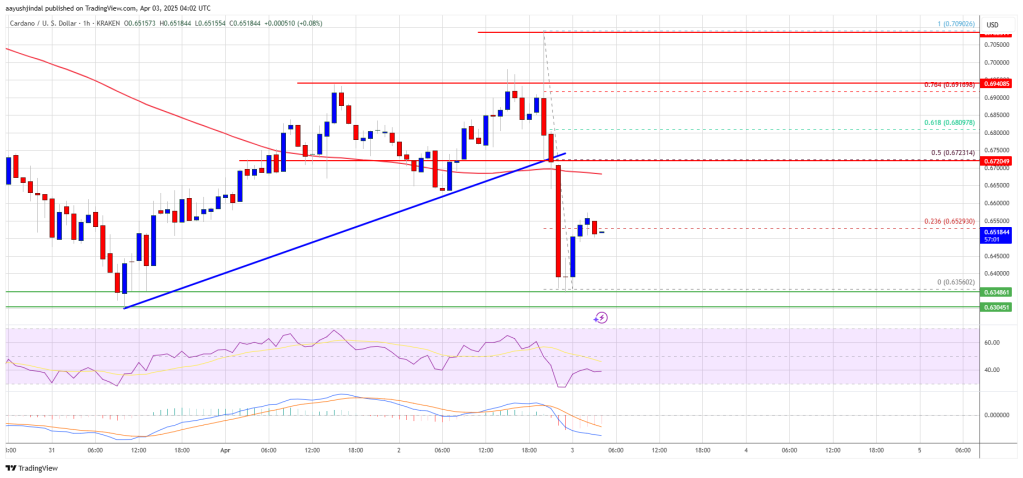Market
Yield App CEO Reveals Crypto Passive Income Secrets


The quest for passive income through crypto investments requires a nuanced understanding of the market, personalized strategies, and a cautious approach to high-yield promises.
It is important to understand the importance of aligning investment approaches with individual goals and risk tolerance, while navigating the decentralized finance (DeFi) sector.
One DeFi Protocol Does Not Fit All
In a recent interview with BeInCrypto, Lucas Kiely, CIO at Yield App, shared his insights on effective strategies for earning passive income through cryptocurrency. He emphasized the importance of aligning investment strategies with individual goals and risk tolerance.
“What constitutes an ‘effective strategy’ very much depends on individual investors’ goals and risk tolerance,” Kiely remarked.
He highlighted the allure of high short-term interest rates, such as a one-month lock-in promising 20% interest on Bitcoin. However, he cautioned that the events of 2022 demonstrated the substantial risks associated with such promises of astronomical passive yields.
Kiely advised those seeking guaranteed passive income to compare rates, benefits, and security features across different platforms while avoiding outliers. He suggested that sophisticated investors with moderate-to-high risk tolerance explore yield-enhancing crypto-structured products.
Read more: Top 4 Crypto Passive Income Ideas That Really Work in 2024
He also stressed the importance of evaluating several factors before entrusting funds to any crypto platform. These include security, tokenomics, historical performance, personal goals, and risk tolerance.
“While crypto is home to many high-risk investors who may be happy to place an all-or-nothing bet, the current environment calls for caution and well-informed, balanced strategies that can absorb market fluctuations caused by external factors, such as regulatory and geopolitical uncertainty,” Kiely explained.
Lending, Research and Diversification
Lending platforms like Aave and Compound have become integral to DeFi. These platforms eliminate intermediaries like banks or crypto custodians from lending and borrowing transactions, allowing for direct and trustless interactions.
Lenders provide liquidity by depositing cryptos into a pool, which borrowers can access for a fee. Smart contracts automatically execute these transactions based on predefined rules.
The benefits of lending include the absence of a central authority controlling rates, potentially higher profits, immediacy, and privacy. However, Kiely noted that the benefits come with greater risks.
“It is estimated that $3.7 billion was lost in DeFi hacks in 2022, and though this number decreased to $1.3 billion last year, security remains one of DeFi’s biggest issues. Smart contract failures can also result in loss of funds, as can uncollateralized lending when markets go south,” Kiley told BeInCrypto.
He advised thorough research before investing in DeFi lending protocols, emphasizing the importance of technical and trading expertise. “DYOR” (Do Your Own Research) is a critical principle in the crypto market, reflecting its high-risk nature and susceptibility to hacks and scams.
Read more: 7 Ways To Earn Passive Income With Crypto in 2024
In addition to thorough research, Kiely recommended diversification to minimize risk. Investing across various projects or cryptocurrencies can help mitigate the impact of any single underperforming investment. He also stressed the importance of using reputable and secure exchanges with a proven track record of protecting user funds.
Learning from Previous Mistakes
Understanding one’s limits is crucial in the crypto market. Kiely advised investors to consider their experience level and how much they can afford to lose. Newcomers with moderate risk appetites might find traditional finance-like platforms and earning strategies more suitable for easing into the crypto space.
Kiely concluded with a vital piece of advice for newcomers: understand how passive income is generated by the platforms they are exploring.
“Are the yields promised by a platform sustainable, regardless of market conditions? How transparent is the platform about the assets they invest in and the investment strategies they use to offer yields? Might they be investing in particularly volatile assets, tokens with poor foundations, or offering un- or under-collateralized loans to generate higher than market average yields?,” Kiely questioned.
The crypto market crash of 2022, which saw billions wiped off the market, highlighted the importance of informed investing. As the industry recovers, it is the responsibility of all investors—new, old, institutional, or retail—to be well-informed and avoid repeating past mistakes.
Disclaimer
Following the Trust Project guidelines, this feature article presents opinions and perspectives from industry experts or individuals. BeInCrypto is dedicated to transparent reporting, but the views expressed in this article do not necessarily reflect those of BeInCrypto or its staff. Readers should verify information independently and consult with a professional before making decisions based on this content. Please note that our Terms and Conditions, Privacy Policy, and Disclaimers have been updated.
Market
Stablecoin Regulation Bill Passes US House as Market Heats Up
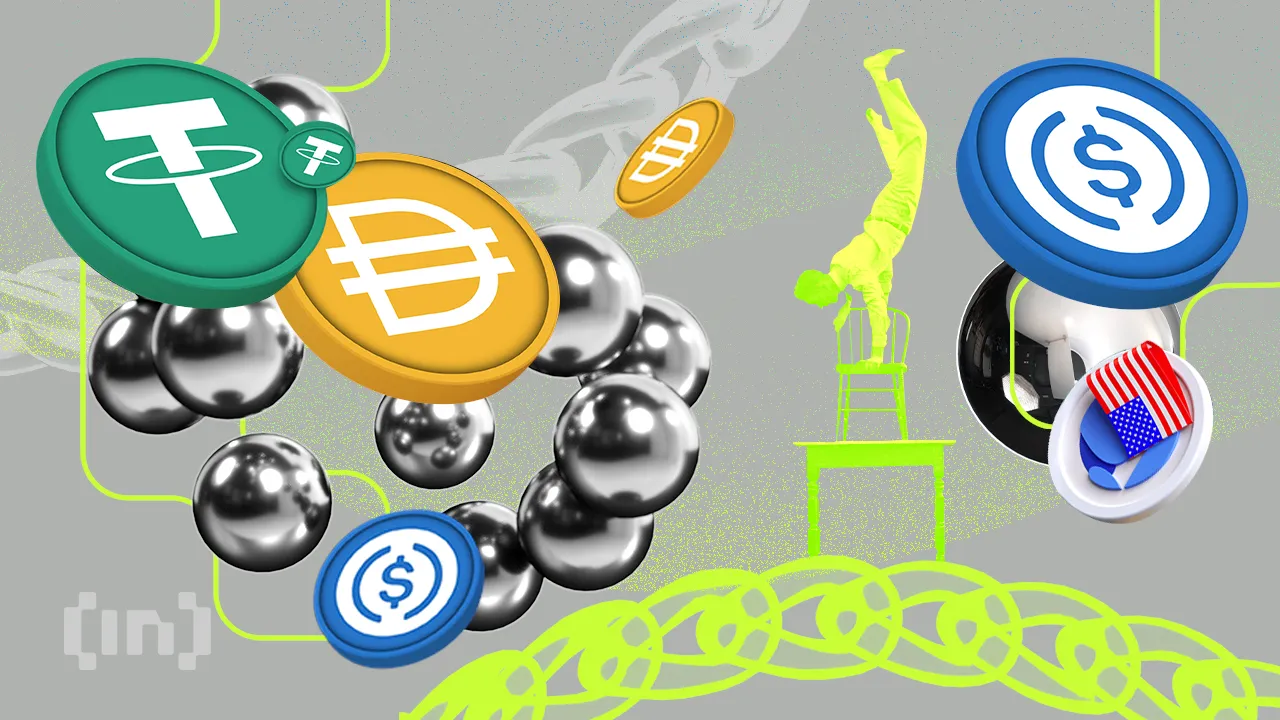
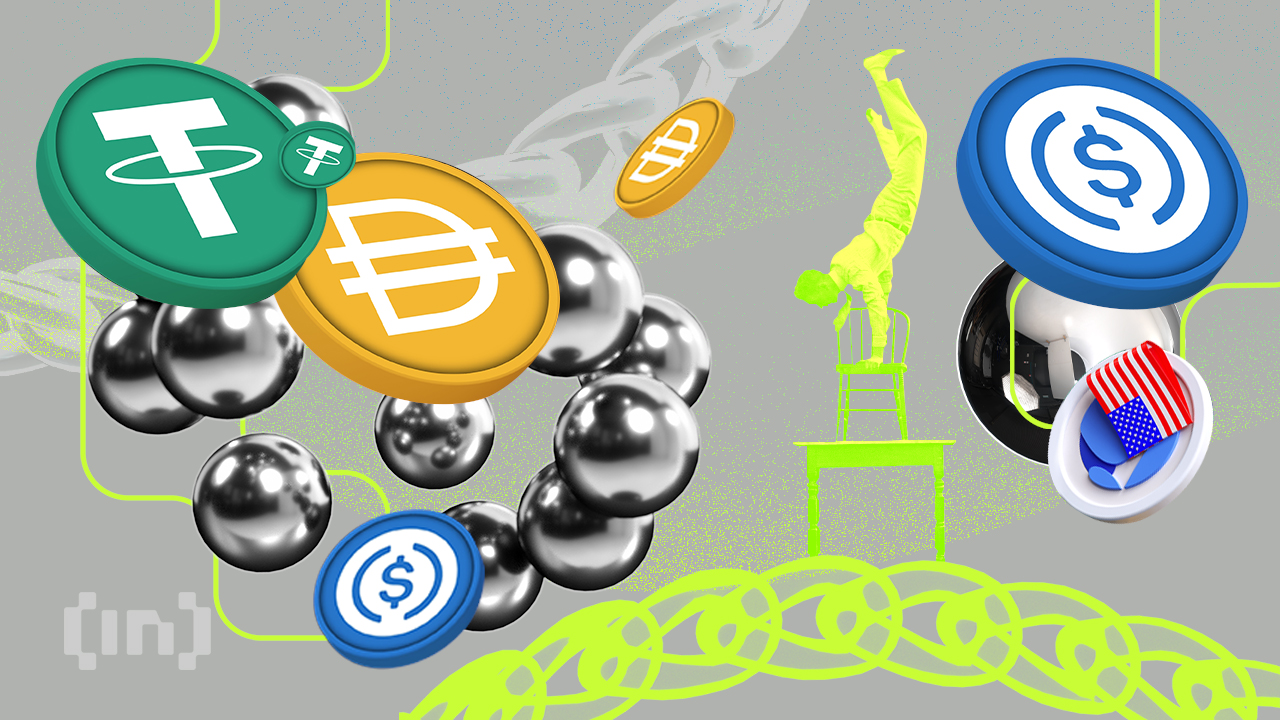
The US House Financial Services Committee voted 32-17 to pass the Stablecoin Transparency and Accountability for a Better Ledger Economy (STABLE) Act of 2025, aimed at stablecoin regulation.
This legislative milestone comes amid growing activity in the stablecoin market. Competition is heating up as major traditional financial institutions prepare to enter the space.
STABLE Act Passes Committee Vote
Chairman French Hill and Representative Bryan Steil spearheaded the legislation (H.R. 2392). It seeks to establish a robust framework for stablecoin issuance, mandating 1:1 reserve backing, monthly audits, and AML requirements.
“This legislation is a foundational step toward securing the future of financial payments in the United States and solidifying the dollar’s continued dominance as a world reserve currency,” Representative Steil remarked.
The bill’s passage saw bipartisan support, with six Democrats voting in favor. Notably, this comes shortly after the US Senate Committee on Banking, Housing, and Urban Affairs greenlit the GENIUS Act. The bill passed in a bipartisan 18-6 vote.
“The bills await debate time on the floor and a vote in their respective chambers,” Journalist and Host of Crypto In America, Eleanor Terrett, noted.
According to Terrett, efforts are underway to align the two bills closely over the next few weeks. The aim is to address differences between the bills. Aligning them will make it easier to proceed without creating additional complications.
“If they can get them to be in relatively the same place on their own, it will avoid having to set up a so-called conference committee which is formed so members from both chambers can negotiate to create a final version of the bill everyone agrees on,” she added.
Stablecoin Competition Heats Up, but Are There Signs of a Purge?
The drive for legislation occurs alongside rising activity in the stablecoin market. Global players are joining the fray.
For instance, in Japan, Sumitomo Mitsui Banking Corporation (SMBC) and major entities have signed a Memorandum of Understanding (MoU). The MoU initiates joint discussions on the potential use of stablecoins for future commercialization.
“This Agreement will see SMBC, Fireblocks, Ava Labs, and TIS collaborate to develop a framework for stablecoin issuance and circulation, including exploring key technical, regulatory, and market infrastructure requirements both in Japan and further afield. This Joint Discussion will not only focus on pilot projects but will aim to concretely define use cases for ongoing business applications,” the notice read.
In addition, Bank of America’s CEO previously revealed plans to launch a stablecoin once proper regulation is in place. Notably, BeInCrypto reported last month that the Office of the Comptroller of the Currency (OCC) had granted national banks and federal savings associations permission to provide crypto custody and certain stablecoin services.
That’s not all. The state of Wyoming is set to launch its own stablecoin, WYST, in July. Fidelity has also announced similar plans. Moreover, President Trump-backed World Liberty Financial officially launched its USD1 stablecoin in late March. This highlights continued interest in stablecoin adoption across both private and public sectors.
Meanwhile, Ripple announced the integration of its Ripple USD (RLUSD) into Ripple Payments. Changpeng Zhao (CZ), former CEO of Binance, reacted to the development on X.
“Stablecoin war, I mean healthy competition, just getting started,” CZ said.
As competition intensifies, the stablecoin market is also facing growing pains. Despite new entrants gaining traction, some players face heightened scrutiny.
Justin Sun, founder of Tron (TRX), recently accused First Digital Trust of insolvency. Following Sun’s allegations, First Digital USD (FDUSD) temporarily depegged.
The market’s future may hinge on the survival of only the most compliant and resilient stablecoins. This leads to a potential “purge” where weaker players fail to meet the increasing regulatory and market demands.
Disclaimer
In adherence to the Trust Project guidelines, BeInCrypto is committed to unbiased, transparent reporting. This news article aims to provide accurate, timely information. However, readers are advised to verify facts independently and consult with a professional before making any decisions based on this content. Please note that our Terms and Conditions, Privacy Policy, and Disclaimers have been updated.
Market
Ethereum Price Recovery Stalls—Bears Keep Price Below $2K

Reason to trust

Strict editorial policy that focuses on accuracy, relevance, and impartiality
Created by industry experts and meticulously reviewed
The highest standards in reporting and publishing
Strict editorial policy that focuses on accuracy, relevance, and impartiality
Morbi pretium leo et nisl aliquam mollis. Quisque arcu lorem, ultricies quis pellentesque nec, ullamcorper eu odio.
Ethereum price attempted a recovery wave above the $1,880 level but failed. ETH is now trimming all gains and remains below the $1,880 resistance zone.
- Ethereum failed to stay above the $1,850 and $1,880 levels.
- The price is trading below $1,850 and the 100-hourly Simple Moving Average.
- There was a break below a key bullish trend line with support at $1,865 on the hourly chart of ETH/USD (data feed via Kraken).
- The pair must clear the $1,865 and $1,890 resistance levels to start a decent increase.
Ethereum Price Fails Again
Ethereum price managed to stay above the $1,800 support zone and started a recovery wave, like Bitcoin. ETH was able to climb above the $1,850 and $1,880 resistance levels.
The bulls even pushed the price above the $1,920 resistance zone. However, the bears are active near the $1,950 zone. A high was formed at $1,955 and the price trimmed most gains. There was a break below a key bullish trend line with support at $1,865 on the hourly chart of ETH/USD.
A low was formed at $1,781 and the price is now consolidating near the 23.6% Fib retracement level of the downward move from the $1,955 swing high to the $1,781 low.
Ethereum price is now trading below $1,850 and the 100-hourly Simple Moving Average. On the upside, the price seems to be facing hurdles near the $1,850 level. The next key resistance is near the $1,865 level and the 50% Fib retracement level of the downward move from the $1,955 swing high to the $1,781 low.
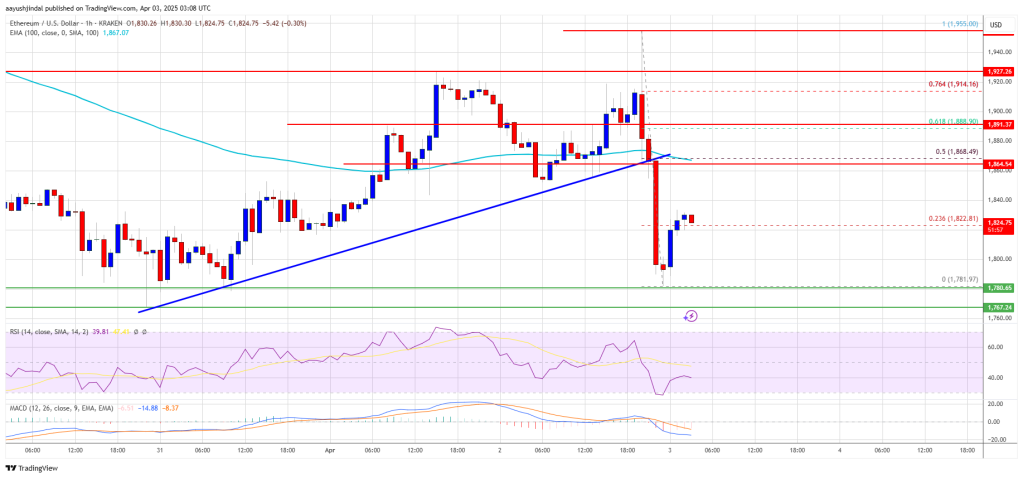
The first major resistance is near the $1,920 level. A clear move above the $1,920 resistance might send the price toward the $1,950 resistance. An upside break above the $1,950 resistance might call for more gains in the coming sessions. In the stated case, Ether could rise toward the $2,000 resistance zone or even $2,050 in the near term.
Another Decline In ETH?
If Ethereum fails to clear the $1,865 resistance, it could start another decline. Initial support on the downside is near the $1,800 level. The first major support sits near the $1,780 zone.
A clear move below the $1,780 support might push the price toward the $1,720 support. Any more losses might send the price toward the $1,680 support level in the near term. The next key support sits at $1,620.
Technical Indicators
Hourly MACD – The MACD for ETH/USD is gaining momentum in the bearish zone.
Hourly RSI – The RSI for ETH/USD is now below the 50 zone.
Major Support Level – $1,780
Major Resistance Level – $1,865
Market
Cardano (ADA) Downtrend Deepens—Is a Rebound Possible?

Cardano price started a recovery wave above the $0.680 zone but failed. ADA is consolidating near $0.650 and remains at risk of more losses.
- ADA price failed to recover above the $0.70 resistance zone.
- The price is trading below $0.680 and the 100-hourly simple moving average.
- There was a break below a connecting bullish trend line with support at $0.6720 on the hourly chart of the ADA/USD pair (data source from Kraken).
- The pair could start another increase if it clears the $0.70 resistance zone.
Cardano Price Dips Again
In the past few days, Cardano saw a recovery wave from the $0.6350 zone, like Bitcoin and Ethereum. ADA was able to climb above the $0.680 and $0.6880 resistance levels.
However, the bears were active above the $0.70 zone. A high was formed at $0.7090 and the price corrected most gains. There was a move below the $0.650 level. Besides, there was a break below a connecting bullish trend line with support at $0.6720 on the hourly chart of the ADA/USD pair.
A low was formed at $0.6356 and the price is now consolidating losses near the 23.6% Fib retracement level of the recent decline from the $0.7090 swing high to the $0.6356 low. Cardano price is now trading below $0.680 and the 100-hourly simple moving average.
On the upside, the price might face resistance near the $0.6720 zone or the 50% Fib retracement level of the recent decline from the $0.7090 swing high to the $0.6356 low. The first resistance is near $0.6950. The next key resistance might be $0.700.
If there is a close above the $0.70 resistance, the price could start a strong rally. In the stated case, the price could rise toward the $0.7420 region. Any more gains might call for a move toward $0.7650 in the near term.
Another Drop in ADA?
If Cardano’s price fails to climb above the $0.6720 resistance level, it could start another decline. Immediate support on the downside is near the $0.6420 level.
The next major support is near the $0.6350 level. A downside break below the $0.6350 level could open the doors for a test of $0.620. The next major support is near the $0.60 level where the bulls might emerge.
Technical Indicators
Hourly MACD – The MACD for ADA/USD is losing momentum in the bearish zone.
Hourly RSI (Relative Strength Index) – The RSI for ADA/USD is now below the 50 level.
Major Support Levels – $0.6420 and $0.6350.
Major Resistance Levels – $0.6720 and $0.7000.
-

 Market24 hours ago
Market24 hours agoBNB Price Faces More Downside—Can Bulls Step In?
-

 Bitcoin24 hours ago
Bitcoin24 hours agoTokenized Gold Market Cap Tops $1.2 Billion as Gold Prices Surge
-

 Regulation18 hours ago
Regulation18 hours agoKraken Obtains Restricted Dealer Registration in Canada
-

 Altcoin22 hours ago
Altcoin22 hours agoWhat’s Fueling The Shibarium Boost?
-

 Bitcoin20 hours ago
Bitcoin20 hours agoLummis Confirms Treasury Probes Direct Buys
-

 Altcoin14 hours ago
Altcoin14 hours agoHere’s Why This Analyst Believes XRP Price Could Surge 44x
-

 Altcoin10 hours ago
Altcoin10 hours agoFirst Digital Trust Denies Justin Sun’s Allegations, Claims Full Solvency
-

 Altcoin20 hours ago
Altcoin20 hours agoFranklin Templeton Eyes Crypto ETP Launch In Europe After BlackRock & 21Shares






